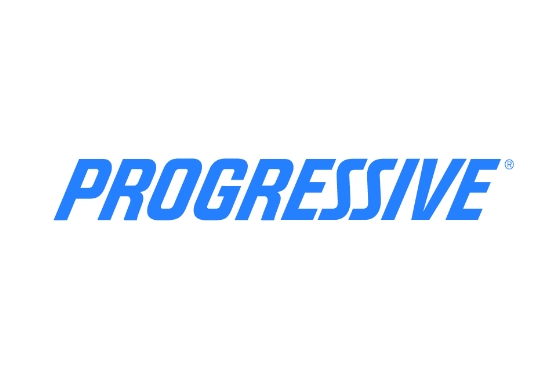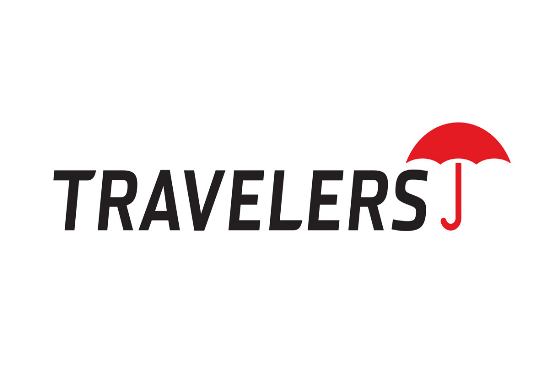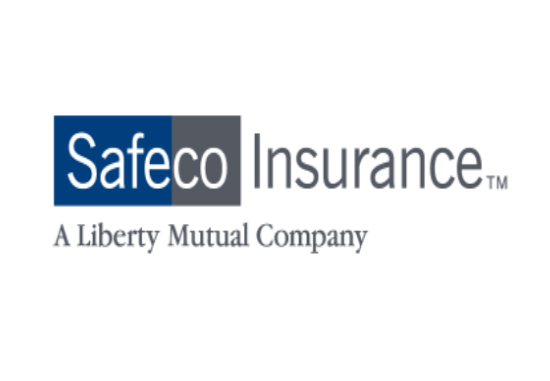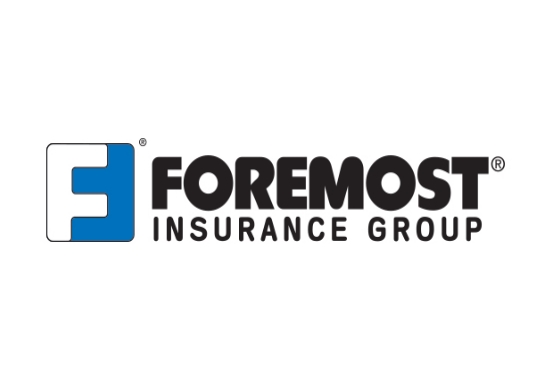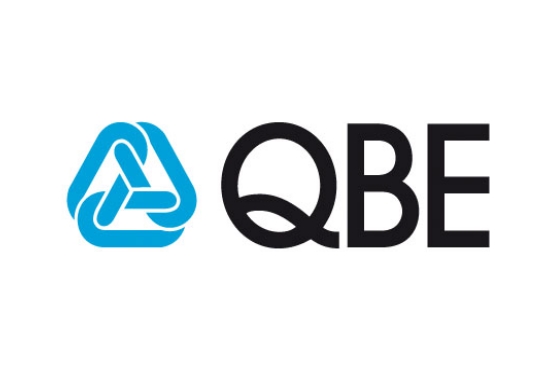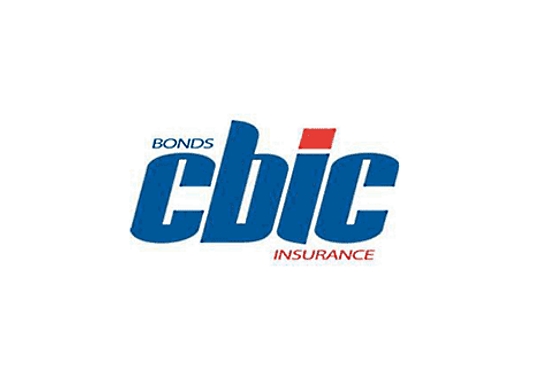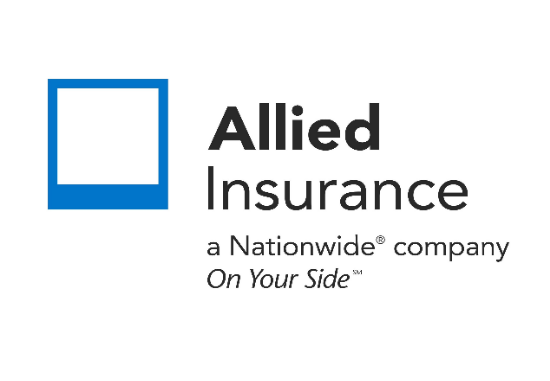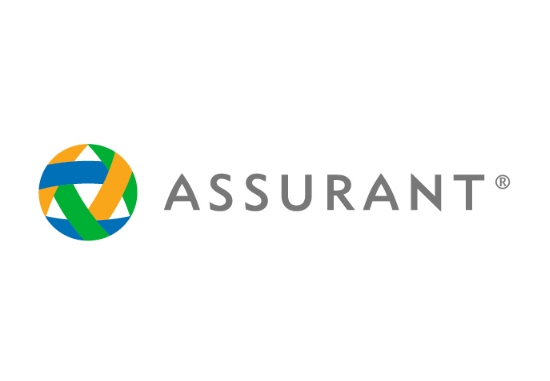What Are the Risks of Product Liability?
Product liability carries serious risks for any business involved in manufacturing, distributing, selling, or even importing products. These risks go far beyond simple repair costs—they can threaten finances, reputation, and even business survival. Understanding these risks in depth helps companies build better defenses, policies, and insurance coverage.
Key Points
Legal lawsuits from consumers or businesses if a product causes injury or damage.
Significant financial exposure: legal fees, settlements, recall costs, compensation.
Reputational harm that can undermine customer trust and sales.
Regulatory penalties and compliance failures.
Supply chain complications and liability shifting.
Market access loss if retailers or distributors refuse goods with high risk.
Costs associated with product recalls and logistical burdens.
Health and safety risks to consumers, which also translate into liability.
Deep Dive into the Risks
Every product launched carries some inherent risk. Even a small manufacturing mistake or an overlooked warning label can lead to exposure to major claims. Below are the main risk areas and why they matter.
Legal Liability
When a defective product causes harm (physical injury, illness, or property damage), the manufacturer, distributor, or seller may be sued. Legal proceedings can be long, expensive, and unpredictable. Cases may involve large verdicts or settlements, sometimes involving class actions. Legal defense alone—hiring attorneys, expert witnesses, court costs—can cost tens or hundreds of thousands.
Financial Impact
The financial burden of product liability claims can be enormous. It includes:
Legal Costs: Defense, court, experts.
Settlements or Judgments: Compensation to injured parties or property damage.
Product Recall Cost: Retrieving, replacing, or repairing defective units. Also, shipping, disposal, or refunds.
Insurance Premium Increase: After claims, insurers may raise premiums or even deny renewal.
Business Interruption: While managing a recall, production may stop, revenue can fall, overhead costs persist.
Reputational Damage
Modern consumers share experiences quickly. Social media, review sites, and news media amplify product failures. What might have begun as an isolated issue can spiral into widespread distrust. Loss of brand loyalty or decline in sales can follow—even after the product is fixed or replaced.
Regulatory Scrutiny
Regulatory bodies oversee product safety standards. Failure to comply with manufacturing standards, safety certifications, labeling, or warnings can lead to fines, forced recalls, or even bans from sale. Once regulators get involved, additional penalties may apply, and non-compliance history may impact future approvals.
Supply Chain Complexity
Companies often rely on multiple suppliers, manufacturers, and subcontractors. A defect in any link—from raw materials to component parts—can expose many parties to liability. Tracing the defect’s origin is often difficult, and responsibility may need to be shared or shifted based on contracts.
Market Access and Distribution Issues
Retailers, distributors, or wholesalers may refuse to carry products associated with liability claims or recalls. Insurance records, claims history, or previous defects can impact whether your products are accepted into certain channels. This limits reach and can restrict growth.
Recall Costs
Recalling a product requires logistical planning, public notices, customer communication, product retrieval, and possibly repair or replacement. These costs add up fast. The business may also incur storage, disposal, transportation, and refund expenses. Even after recall, residual costs like legal fees remain.
Consumer Health and Safety Risks
Products that harm consumers—through injury, illness, or worse—expose businesses to ethical and legal responsibilities. Beyond lawsuits, there is the human cost. Worse injuries may lead to punitive damages, class actions, or regulatory sanctions.
How Businesses Can Mitigate These Risks
Mitigation is essential; risks from product liability are too big to ignore. Here are major strategies companies use:
Rigorous Quality Control — Implement testing at all stages: design, manufacturing, final product inspections.
Clear Warnings and Instructions — Make sure labels, manuals, user guides are thorough, understandable, and located properly.
Insurance Coverage — Carry product liability insurance that includes defects, recall cost, third-party injury liability.
Supplier Agreements — Use strong contracts with suppliers to ensure materials, components meet safety standards, with accountability built in.
Regulatory Compliance — Stay updated on safety regulations, standards, certifications for your product category.
Traceability Systems — Ability to track batches, components, manufacturing dates to identify and isolate defective products quickly.
Monitoring and Feedback Loops — Use customer feedback, returns data, incident reports to detect potential issues early.
Crisis Management Preparedness — Having plans in place—communication, recall procedures, legal support—helps respond quickly and reduce damage.
Frequently Asked Questions
What triggers a liability claim in product liability?
A claim may be triggered when a customer is harmed due to a defect, design or manufacturing error, lack of warnings, or unsafe product use.
Can small businesses face big product liability risks?
Absolutely. Even a small business can be sued or face recall costs that far exceed its initial product revenue.
Does having insurance protect me from all liability risks?
Insurance helps a lot, but it depends on policy terms, coverage limits, and whether the defect or claim falls within covered scenarios. Some exclusions may apply (e.g., misuse, lack of warning, unforeseen alterations).
How long after selling a product can liability arise?
That depends on statute of limitations laws in each jurisdiction. Some allow claims years after injury or defect discovery, especially for latent defects (hidden faults).
Can I be held liable even if I followed all safety standards?
Yes. Even compliance may not fully protect you, especially under strict liability claims or if risk was foreseeable and warnings were insufficient.
Understanding these risks—and preparing for them—is critical if you’re manufacturing or selling products. The difference between thriving and going under can be how well you manage product liability exposure.
Fill out the form below to get customized quotes for product liability insurance that covers all these risks—from recalls to defects to third-party claims—and keep your business secure.
Related Posts
Get a Right Insurance For You
SHARE THIS ARTICLE
We will compare quotes from trusted carriers for you and provide you with the best offer.
Protecting your future with us
Whatever your needs, give us a call, have you been told you can’t insure your risk, been turned down, or simply unhappy with your current insurance? Since 1995 we’ve been providing coverage to our customers, and helping people across United States.

